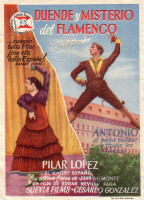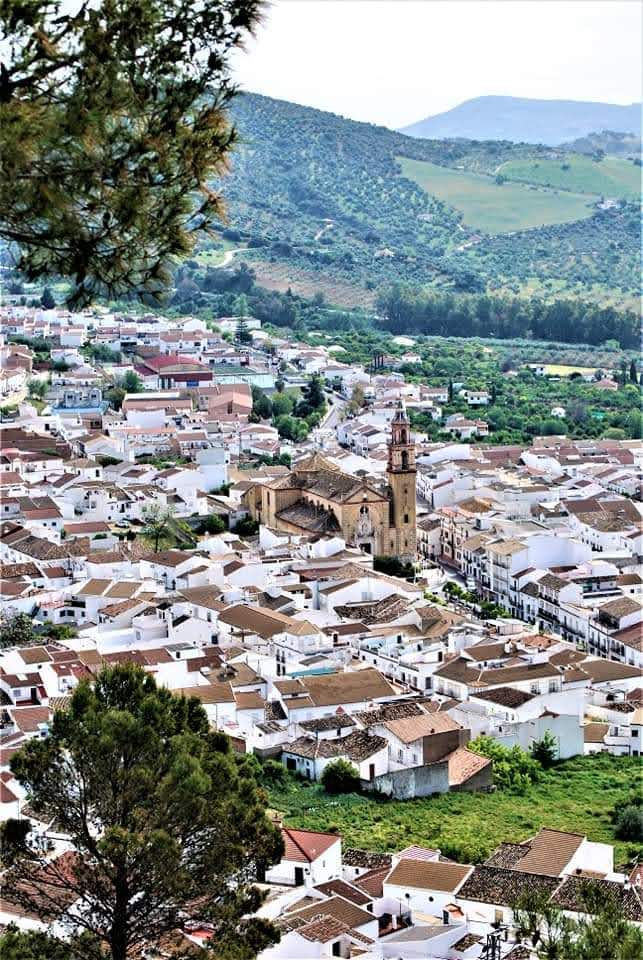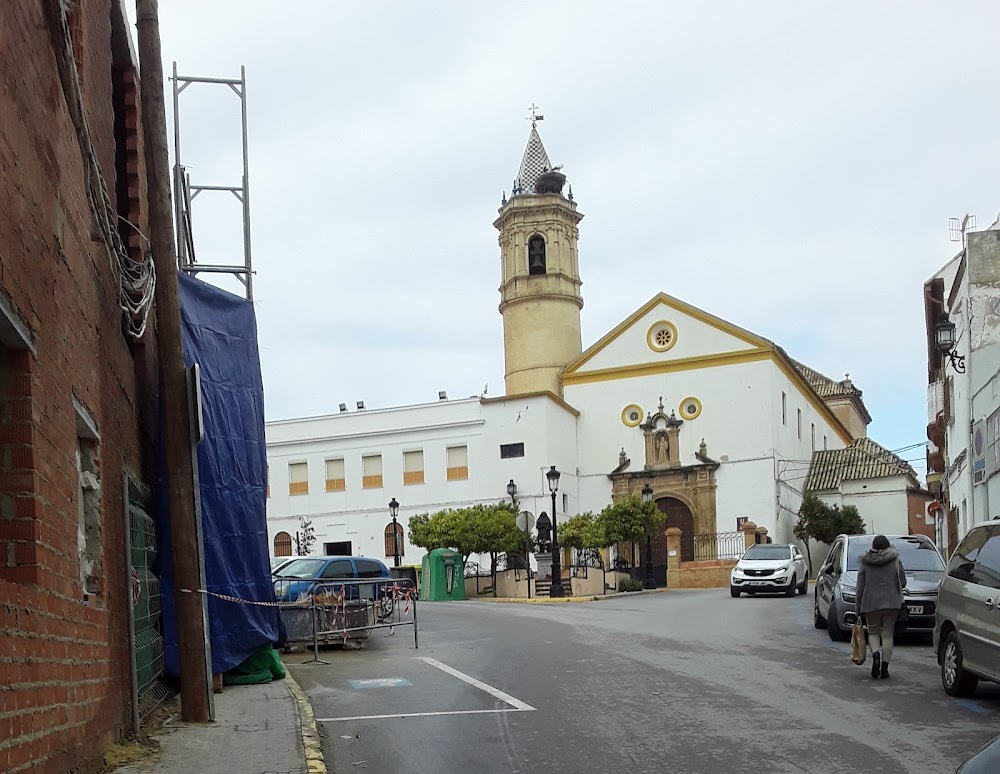Duende y misterio del flamenco Filming Locations

Where was Duende y misterio del flamenco filmed? Duende y misterio del flamenco was filmed in 15 locations across Spain in the following places:
Duende y misterio del flamenco Filming Locations
El Puerto de Santa María is a town in southwest Spain. It’s known for its beaches, pine woods and whitewashed houses. Centuries-old San Marcos Castle is an Islamic-Gothic structure with horseshoe arches, stained glass and crenelated walls. The 15th-century Priory Church has a Gothic sandstone facade and an ornate Mexican-silver altarpiece. Valdelagrana Beach has a seafront promenade and is popular for water sports.
Algodonales is a city and a Municipality, located in the province of Cádiz, Spain. According to the 2002 census, the city has a population of 5,607 inhabitants. The nearest cities are Zahara de la Sierra and Olvera. Algodonales is located in the Sierra de Lijar within the Sierra de Grazalema.
Cádiz is an ancient port city in the Andalucia region of southwestern Spain. The home of the Spanish Navy, the port boomed in the 16th-century as a base for exploration and trade. It has more than 100 watchtowers, including the iconic Torre Tavira, which was traditionally used for spotting ships. On the waterfront is the domed, 18th-century Cádiz Cathedral, featuring baroque and neoclassical elements.
Córdoba is a city in the southern Spanish region of Andalusia, and the capital of the province of Córdoba. It was an important Roman city and a major Islamic center in the Middle Ages. It’s best known for La Mezquita, an immense mosque dating from 784 A.D., featuring a columned prayer hall and older Byzantine mosaics. After it became a Catholic church in 1236, a Renaissance-style nave was added in the 17th century.
Dos Hermanas is a Spanish town 15 km south of Seville in Andalusia, with a population of 131,317 as of 2015.
El Escorial is a town northwest of Madrid, Spain. It's home to La Granjilla, a 16th-century park and palace created by King Philip II. The park has sweeping views of the neighboring town, San Lorenzo de El Escorial. This town contains the 16th-century Royal Monastery of San Lorenzo de El Escorial, with royal tombs and a vaulted library. North, the Valley of the Fallen war memorial was erected during Franco's regime.
Granada is a city in southern Spain’s Andalusia region, in the foothills of the Sierra Nevada mountains. It's known for grand examples of medieval architecture dating to the Moorish occupation, especially the Alhambra. This sprawling hilltop fortress complex encompasses royal palaces, serene patios, and reflecting pools from the Nasrid dynasty, as well as the fountains and orchards of the Generalife gardens.
Jerez de la Frontera, usually called Jerez, is a city in southern Spain's Andalusia region. Its old quarter surrounds the Alcázar de Jerez, a Moorish fortress founded in the 11th century. The Royal Andalusian School of Equestrian Art is a famed riding school with horse shows and a carriage museum. The city is also known for flamenco music and sherry production in the so-called Sherry Triangle lying to the west.
Madrid, Spain's central capital, is a city of elegant boulevards and expansive, manicured parks such as the Buen Retiro. It’s renowned for its rich repositories of European art, including the Prado Museum’s works by Goya, Velázquez and other Spanish masters. The heart of old Hapsburg Madrid is the portico-lined Plaza Mayor, and nearby is the baroque Royal Palace and Armory, displaying historic weaponry.
Morón de la Frontera is a Spanish town in Seville province, Andalusia, 57 km South-East of Seville. Situated in the south of the province, it is the center of the region that bears the same name and is the head of one of the 85 judicial courts of Andalucia.
Málaga is a port city on southern Spain’s Costa del Sol, known for its high-rise hotels and resorts jutting up from yellow-sand beaches. Looming over that modern skyline are the city’s 2 massive hilltop citadels, the Alcazaba and ruined Gibralfaro, remnants of Moorish rule. The city's soaring Renaissance cathedral is nicknamed La Manquita ("one-armed lady") because one of its towers was curiously left unbuilt.
Ronda is a mountaintop city in Spain’s Malaga province that’s set dramatically above a deep gorge. This gorge (El Tajo) separates the city’s circa-15th-century new town from its old town, dating to Moorish rule. Puente Nuevo, a stone bridge spanning the gorge, has a lookout offering views. New town’s Plaza de Toros, a legendary 18th-century bullring, is one of the city’s most recognizable landmarks.
Utrera is a municipality in south-west Spain. It is in the province of Seville, in the autonomous community of Andalusia. As of 2018 it has a population of 52,617. The town is of great historical interest.
Vejer de la Frontera is a Spanish hilltop town and municipality in the province of Cádiz, Andalusia, on the right bank of the river Barbate. The town of Vejer de la Frontera occupies a low hill overlooking the Straits of Gibraltar and surrounded by orchards and orange groves.
Duende y misterio del flamenco (1952)
Title changed to "Flamenco" when it was first released in the USA in 1954, this is a program of Spanish songs and dances with the emphasis on "flamenco" or gypsy contributions. The USA version has an English narrative written by Walter Terry, the dance critic of the "New York Herald Tribune" newspaper. Heading the cast are Antonio (I), Pilar Lopez and Maria Luz, three of Spain's foremost dancers of the time, accompanied by members of the Ballet Espanol. Filmed in Cinefotocolor in which orange and blue dominated, a combination that should appeal to the fans of Auburn University athletic teams. Distributed in the USA by Martin J. Lewis.


